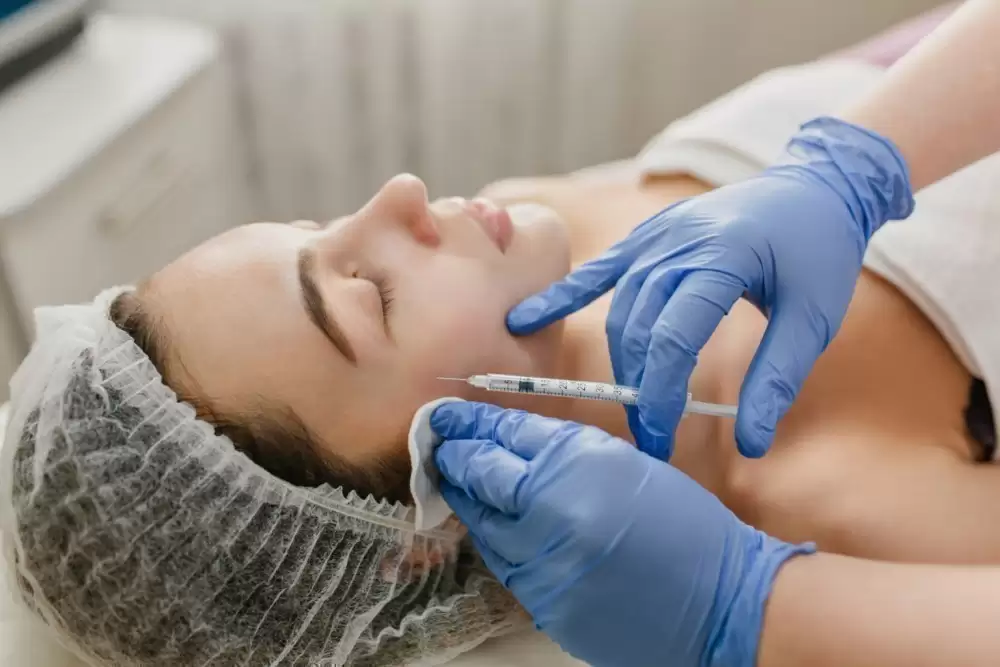What are the symptoms of a Spitz nevus?
A Spitz nevus, also known as a Spitz tumor or Spitz mole, is a type of benign skin lesion that can resemble melanoma. The symptoms of a Spitz nevus may include:
- Appearance: Spitz nevi often appear as pink, red, or brownish nodules or bumps on the skin. They can be dome-shaped or slightly raised and are typically well-defined.
- Size: They can vary in size but are usually less than 1 centimeter in diameter.
- Location: These nevi can occur anywhere on the body, but are commonly found on the face, arms, legs, or trunk.
- Changes in Appearance: Spitz nevi may sometimes change in color or become darker over time. They can also grow or change in shape, which might be concerning for distinguishing them from melanoma.
- Itching or Tenderness: While not always, some Spitz nevi might be itchy or tender to the touch.
- Bleeding or Crusting: In rare cases, a Spitz nevus might bleed or develop a crust, especially if it has been traumatized.
It is important to have any new or changing skin lesions evaluated by a dermatologist to ensure they are not cancerous.
What are the causes of a Spitz nevus?
The exact cause of a Spitz nevus is not well understood, but several factors are thought to contribute to its development:
- Genetic Factors: There may be a genetic predisposition to developing Spitz nevi, as they sometimes appear in families with a history of similar skin lesions.
- Sun Exposure: Although not definitively established, excessive sun exposure may play a role in the development of various types of skin lesions, including Spitz nevi.
- Immune System Responses: Some research suggests that Spitz nevi could be related to abnormal immune responses or changes in the skin’s immune system.
- Hormonal Changes: Hormonal changes, particularly during puberty, pregnancy, or other periods of hormonal fluctuation, might be associated with the development of Spitz nevi.
- Trauma or Irritation: Physical trauma or irritation to the skin can sometimes trigger the formation or change of skin lesions, including Spitz nevi.
It’s important to note that while these factors may be associated with Spitz nevi, the exact cause remains unclear, and a Spitz nevus is generally considered a benign, non-cancerous growth.
What is the treatment for a Spitz nevus?
The treatment for a Spitz nevus typically involves the following approaches:
- Observation: In many cases, a Spitz nevus may be monitored over time, especially if it is small, asymptomatic, and not changing. Regular follow-up with a dermatologist can help ensure that any changes in the nevus are noted.
- Surgical Removal: If there are concerns about the nevus, such as changes in size, shape, or color, or if it is suspected to be atypical or potentially malignant, surgical removal may be recommended. This involves excising the nevus along with a margin of surrounding skin to ensure complete removal.
- Biopsy: A biopsy may be performed to obtain a tissue sample of the nevus for histological examination. This helps in distinguishing between a benign Spitz nevus and other conditions or malignancies.
- Laser Treatment: Although not commonly used for Spitz nevi, laser treatment may be considered in some cases for cosmetic reasons or if traditional surgical methods are not feasible.
- Follow-Up: Regular follow-up appointments with a dermatologist may be necessary to monitor for any recurrence or changes in the nevus.
The choice of treatment depends on factors such as the size, location, appearance of the nevus, and any associated symptoms or concerns. It’s important to consult a dermatologist to determine the most appropriate course of action based on individual circumstances.

Leave a Reply
You must be logged in to post a comment.